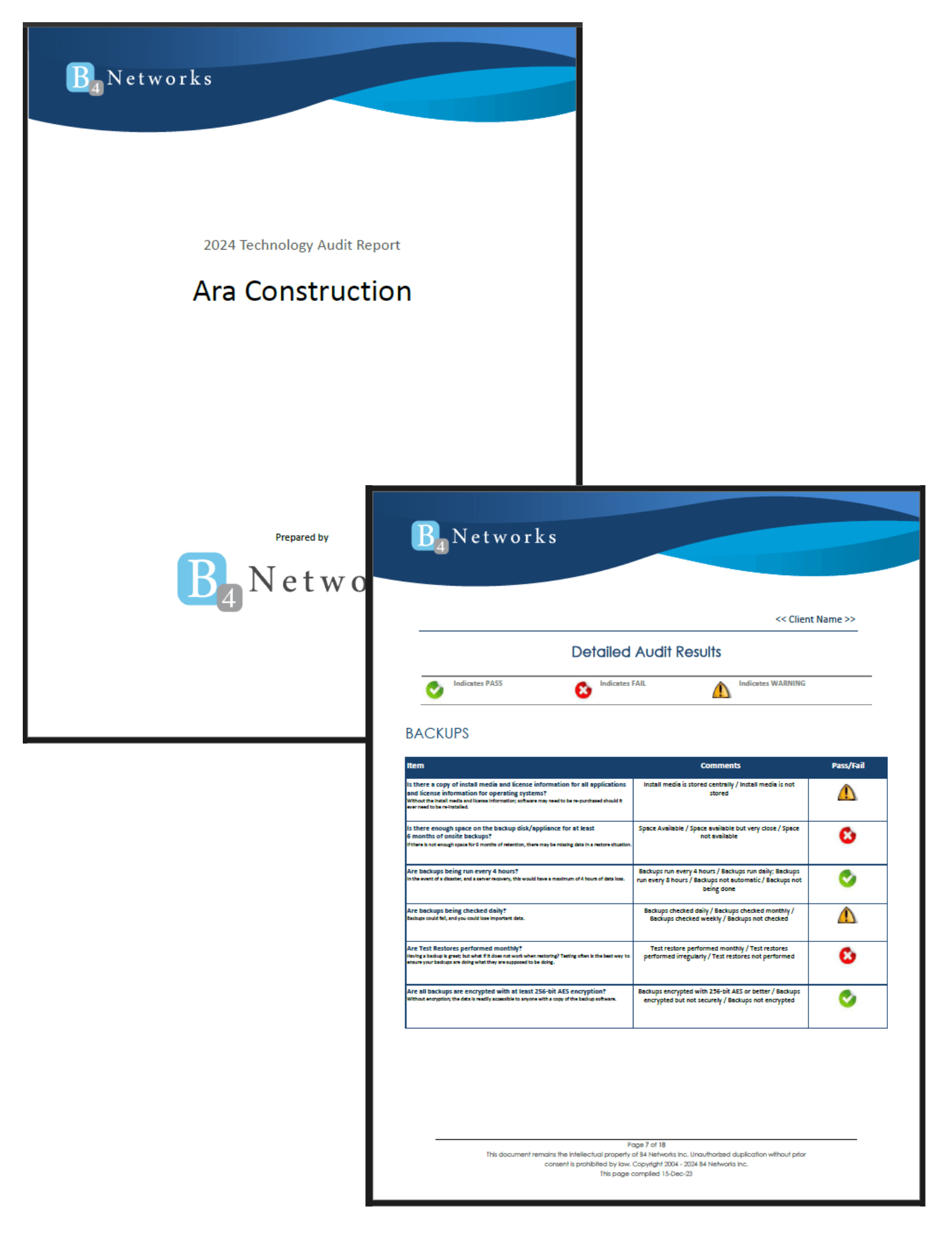 When it comes to cybercriminals, patience can be their most powerful weapon. Advanced Persistent Threats (APTs) exemplify this, as these prolonged and stealthy attacks are meticulously planned to infiltrate and gather data from organizations over weeks or even months.
When it comes to cybercriminals, patience can be their most powerful weapon. Advanced Persistent Threats (APTs) exemplify this, as these prolonged and stealthy attacks are meticulously planned to infiltrate and gather data from organizations over weeks or even months.
What Are Advanced Persistent Threats (APTs)?
APTs are highly organized cyberattacks, often carried out by cybercrime groups or nation-state actors. Unlike quick, smash-and-grab-style hacks, APTs focus on remaining undetected for extended periods, allowing attackers to gather large amounts of sensitive information or cause gradual damage.
The Anatomy of an APT Attack
- Initial Access
Attackers typically gain access through spear-phishing emails, compromised employee accounts, or exploiting software vulnerabilities. - Establishing a Foothold
Once inside, attackers create backdoors using malware or other advanced techniques, ensuring they can access the network repeatedly while avoiding detection. - Lateral Movement
Attackers move across the network, targeting administrator-level accounts and expanding their access to high-value systems. - Data Exfiltration
After quietly gathering their targeted data, attackers extract it in bulk for financial gain, espionage, or sabotage.
Why APTs Are a Serious Threat
APTs are designed to target large organizations, government agencies, and critical infrastructure, but smaller businesses and individuals aren’t immune. These attacks can have catastrophic consequences, including data theft, financial loss, and reputational damage.
How You Can Defend Against APTs
For Employees:
- Recognize Phishing Attempts
Many APTs start with spear-phishing emails—tailored messages designed to trick you into providing sensitive information or clicking on malicious links. Always verify unexpected emails, especially those with urgent requests. - Monitor for Unusual Activity
Strange system behavior, such as slowdowns, popups, or network issues, can signal a breach. Report anything unusual to your IT team immediately. - Use Strong Passwords and MFA
Weak passwords are an open door for attackers. Always use strong, unique passwords and enable multi-factor authentication (MFA) whenever possible. - Keep Software Updated
Outdated software is a goldmine for attackers. Regularly install updates to close off vulnerabilities and prevent exploitation.
For Managers and IT Leaders:
- Invest in Advanced Security Tools
Tools like firewalls, intrusion detection systems, and real-time monitoring are essential for defending against APTs. - Conduct Regular Vulnerability Assessments
Routine assessments can identify weaknesses before attackers exploit them. - Implement Employee Training
Educating employees on recognizing phishing attempts and following security protocols can help prevent attackers from gaining initial access.
Stay One Step Ahead
Advanced Persistent Threats are among the most sophisticated and dangerous cyber threats today. However, by staying informed, vigilant, and proactive, you can help protect your organization from these stealthy attacks. Remember, every employee plays a vital role in maintaining cybersecurity. Together, we can safeguard systems and data against even the most advanced threats.
If you do not currently have an IT provider or would like a second opinion on your network security, please don’t hesitate to reach out to our team. We are here to serve you in the Niagara Region and Simcoe County, 24/7/365.
Niagara: 905-228-4809
Barrie: 705-885-0993
Email: help@b4networks.ca



